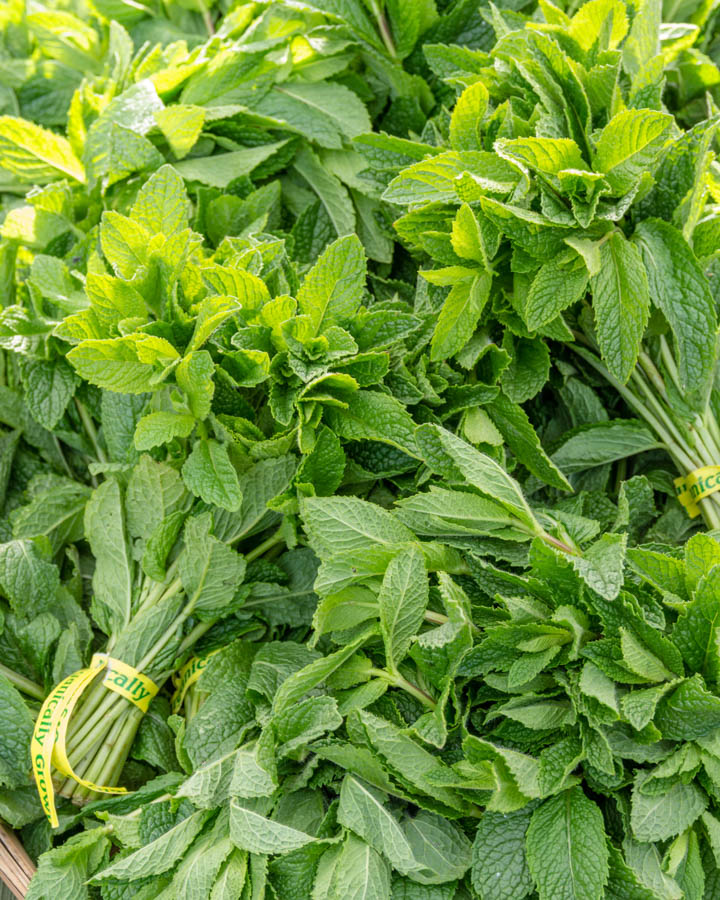Growing Mint: What to Think About Before Planting

Mint is one of the easiest garden plants to grow and is highly recommended for the beginning gardener. Other than regular water, it requires little care and is not particular about soil. If you are considering growing mint, here is what to think about before you get started.
Garden or Container. Before planting, consider your space carefully and determine whether to grow mint in a container, or separate area of your garden. GardenZeus recommends that beginning and intermediate gardeners grow mint in containers. Mint spreads rapidly due to adventitious rooting; that is, mint forms roots from plant tissue other than roots. Unsuspecting gardeners who are initially pleased with their success growing mint in the ground may find themselves quickly regretting their choice. When planted in a container resting directly on the ground, mint can push its roots through drainage holes and into garden soil. For true containment, mint should be planted in a container that is not directly on or touching any garden soil. Advanced gardeners who have designated garden space may consider planting mint directly in the ground.
Sun Requirements. Mint plants want at least partial shade. When planted in the direct sun mint will survive but not thrive and will produce smaller leaves.
Temperature. Mint performs best in cool temperatures. Once established, mint plants tolerate light frosts. Mint plants can die back in extremely cold temperatures, but may regrow when temperatures warm.
Soil Requirements. As one of the less fussy plants, mint grows successfully in a range of soil conditions. Its ideal soil is fertile, loamy and light with a neutral pH of 6.0-7.0.
Water Requirements. Mint performs best with consistent soil moisture and is one of the few garden plants that not particularly sensitive to wet soils; in fact, mint often thrives in the wet areas of the garden that could injure other plants. When growing mint in containers, be sure to provide ample water. Containers can dry out quickly, stunting or weakening mint plants. Consider a self-watering container.
Time to Plant. Most gardeners plant mint in spring, but mint can also be planted in fall, particularly in Southern California where it will thrive in the cooler, moister winter.
How to Purchase. Transplants are inexpensive and easy to obtain. Mint can also be started through root divisions or stem cuttings from a friend or neighbor. One plant is usually more than enough for one small household.
Companion Planting. Mint does not make a good companion plant: it can quickly take over garden beds and out-compete other plants. In addition, mint prefers consistently moist soils and partial shade; this differs from many other commonly grown herbs and edibles. Avoid duplicating photos showing mint planted in a single windowsill container with other herbs: mint does NOT do well planted with other common herbs such as lavender, rosemary, sage and thyme, as these herbs prefer soil dry-down and sunny locations. In the picture below, the mint will want more water than the basil, and even the parsley will want less water than the mint once established. On the other hand, the basil and the parsley will want more sun than the mint.
Pruning and Harvesting. Mint likes to be pruned. Remove blossoms and cut stems regularly to promote growth. When pruning or harvesting, cut stems at the intersection of two leaves to control and shape plant.
Other articles of interest:


